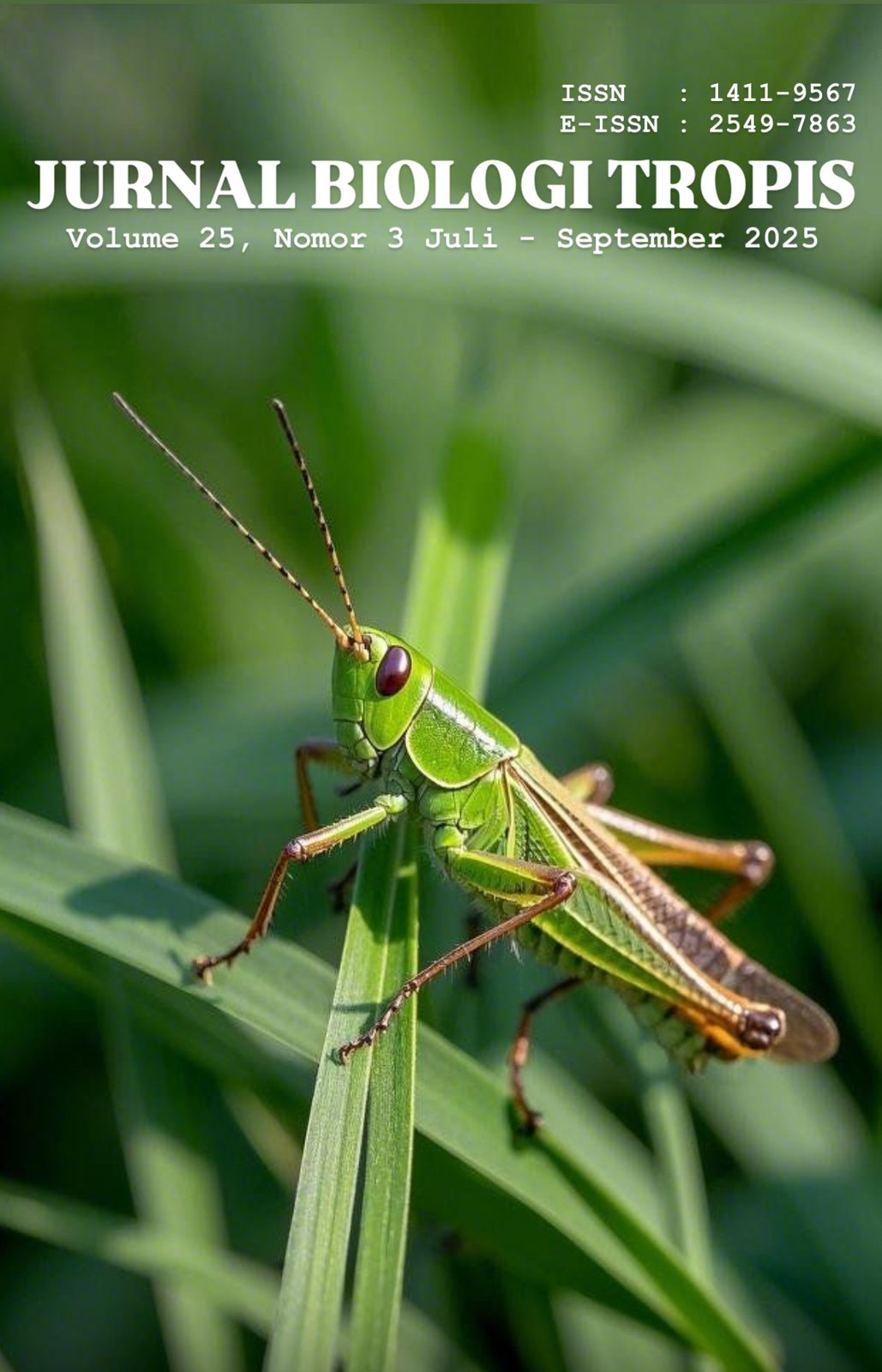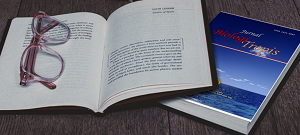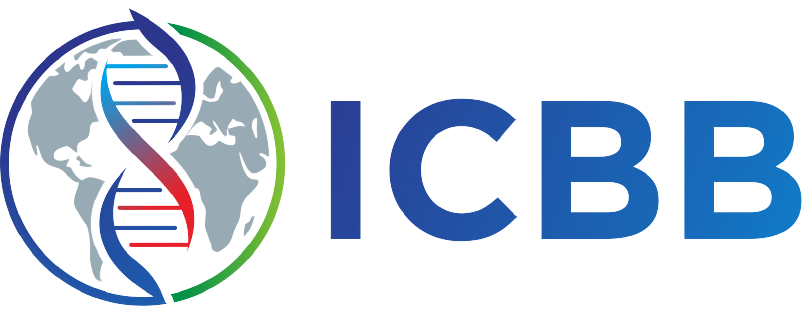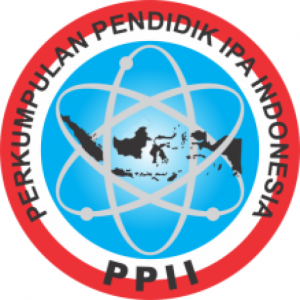Distribution and Characteristics of Water Source in the Prospective Campus Area of UIN Sunan Kalijaga, Pajangan, Bantul
Authors
Agessty Ika Nurlita , Satiti Ratnasari , Shilfiana Rahayu , Siti AisahDOI:
10.29303/jbt.v25i3.9345Published:
2025-07-10Issue:
Vol. 25 No. 3 (2025): Juli-SeptemberKeywords:
Guwosari, UIN Sunan Kalijaga, water sources.Articles
Downloads
How to Cite
Downloads
Metrics
Abstract
Water is a fundamental need for human and ecological sustainability. However, rapid land conversion and insufficient conservation efforts pose serious threats to water availability, particularly in karst-dominated areas like Guwosari, Pajangan, and Bantul, where UIN Sunan Kalijaga plans to construct a new campus. This study aims to map and assess the area's distribution and quality of water sources to ensure sustainable use for future campus development. Six water source stations were identified and analyzed for physical (TDS), chemical (pH), and microbiological (E. coli and total coliform) parameters. The findings show that all stations had acceptable TDS and pH levels for domestic use. Yet, none met the microbiological standards for hygiene and sanitation, as total coliform and E. coli levels exceeded permissible limits. Vegetation analysis revealed the presence of key water-retaining species, such as coconut, bamboo, teak, mahogany, and Ficus septica, which play crucial ecological roles in groundwater conservation. The study highlights the importance of water quality monitoring and vegetation management in campus infrastructure planning. Effective water treatment strategies are recommended to improve microbial quality before human consumption or domestic application.
References
Arhin, E., Osei, J. D., Anima, P. A., Afari, P. D., & Yevugah, L. L. (2023). The pH of drinking water and its human health implications: A case of surrounding communities in the Dormaa Central Municipality of Ghana. Journal of Healthcare Treatment Development, 4(1), 15–26. https://doi.org/10.55529/jhtd.41.15.26
Bappenas. (2020). Dokumen Kajian Lingkungan Hidup Strategis Rencana Pembangunan Jangka Menengah Nasional (KLHS RPJMN) 2020–2024. Badan Perencanaan Pembangunan Nasional.
Chefany, H. F., Nugroho, M. R., Jannah, R. R., Annisa, U., & Fatmawati. (2024). Ketersediaan air bersih dan kondisi iklim (Studi krisis air di Nusa Tenggara Timur). Pediaqu: Jurnal Pendidikan Sosial dan Humaniora, 3(4), 5185–5201.
Fakhruddin, A. A., Kristianti, K. K. D., Churin'in, R. A., Rahmaniah, R. N., & Roidah, I. S. (2023). Implementasi konservasi air dengan penanaman bibit pohon di Kabupaten Pasuruan. Journal of Community Service, 1(3), 168–175.
Fikriyya, N., Putri, A. K., & Silalahi, M. (2023). Riparian vegetation structure of the Jengok River, Kutaliman, Kedungbanteng District, Banyumas Regency. MAIYAH, 2(2), 129–138. https://doi.org/10.20884/1.maiyah.2023.2.2.8863
Hendrayanto, Arifjaya, N. M., Rusdiana, O., Wasis, B., & Purwowidodo. (2001). Respon hidrologi daerah aliran sungai (DAS) berhutan jati (Tectona grandis) (Studi kasus di DAS Cijurey, KPH Purwakarta, PT. Perhutani Unit III Jawa Barat). Jurnal Manajemen Hutan Tropika, 7(2), 7–18.
Jenahu, G. R., Aulia, N., & Pakabu, D. N. (2023). Konservasi dan pengelolaan sumber daya air berkelanjutan di Kabupaten Klaten, Jawa Tengah. Seminar Nasional 2023, 84–87.
Kementerian Kesehatan Republik Indonesia. (2023). Peraturan Menteri Kesehatan Republik Indonesia Nomor 2 Tahun 2023 tentang Peraturan Pelaksanaan Peraturan Pemerintah Nomor 66 Tahun 2014 tentang Kesehatan Lingkungan. Berita Negara Republik Indonesia Tahun 2023 Nomor 55. https://peraturan.go.id/id/permenkes-no-2-tahun-2023
Kumala, I. G. A. H., Astuti, N. P. W., & Sumadewi, N. L. S. (2019). Uji kualitas air minum pada sumber mata air di Desa Baturiti, Kecamatan Baturiti, Kabupaten Tabanan. Higiene, 5(2), 100–105.
Kusuma, A. N., Zaky, F. A., Pribady, T. R., Agustin, Y. S., Nugroho, G. D., Dewangga, A., & Setyawan, A. D. (2024). Diversity of Ficus (Moraceae) along the riparian zone of Samin River, Central Java, Indonesia. International Journal of Bonorowo Wetlands, 14(2), 96–104. https://doi.org/10.13057/bonorowo/w140205
Mahzum, M. M. (2015). Analisis ketersediaan sumber daya air dan upaya konservasi Sub-DAS Brantas Hulu wilayah Kota Batu [Tesis, Institut Teknologi Sepuluh Nopember].
Mapa, R., & Brown, C. (1995). Effect of reforestation using Tectona grandis on infiltration and soil water retention. Forest Ecology and Management, 77(1–3), 119–125. https://doi.org/10.1016/0378-1127(95)03573-S
Mashudi, Susanto, M., & Baskorowati, L. (2016). Potensi hutan tanaman mahoni (Swietenia macrophylla King) dalam pengendalian limpasan dan erosi. Jurnal Manusia dan Lingkungan, 23(2), 259–265.
Mukarromah, R., Yulianti, I., & Sunarno. (2016). Analisis sifat fisis kualitas air di mata air Sumber Asem Dusun Kalijeruk, Desa Siwuran, Kecamatan Garung, Kabupaten Wonosobo. Unnes Physics Journal, 5(1), 40–45.
Mulyanti, D. (2022). Kearifan lokal masyarakat terhadap sumber mata air sebagai upaya konservasi dan pengelolaan sumber daya lingkungan. Bina Hukum Lingkungan, 6(3), 410–423.
Mwabi, J. K., Mamba, B. B., & Momba, M. N. B. (2012). Removal of Escherichia coli and faecal coliforms from surface water and groundwater by household water treatment devices/systems: A sustainable solution for improving water quality in rural communities of the Southern African Development Community region. International Journal of Environmental Research and Public Health, 9, 139–170.
Pambudi, A. S., Junaidi, R., & Pramujo, B. (2023). Strategi konservasi untuk mengurangi konservasi hulu daerah aliran Sungai Brantas, Jawa Timur. Jurnal Kebijakan Pembangunan Daerah, 7(2), 121–139.
Pambudi, A. S. (2024). Refleksi dua dekade pembangunan konservasi sumber daya air menuju visi 2025–2045. Jurnal Pembangunan Nagari, 9(2), 77–91.
Pambudi, A. S., & Pramujo, B. (2025). Peran konservasi sumber daya air dalam pembangunan ekonomi, sosial, dan lingkungan berkelanjutan. Bulletin of Community Engagement, 5(1), 1–17.
Pemerintah Desa Guwosari. (2019). Peraturan Desa Guwosari Nomor 5 Tahun 2019 tentang Rencana Pembangunan Jangka Menengah Desa Tahun 2018–2024. https://guwosari.desa.id/first/unduh_dokumen_artikel/97
Rashid, S. W., Shwan, D. M. S., Rashid, K. A. (2022). Physicochemical characterization and evaluation of seasonal variations of landfill leachate and groundwater quality around Tanjaro open dump area of Sulaymaniyah city, Kurdistan, Iraq. Journal of Chemistry, 2022, 1-12.
Sallata, M. K. (2015). Konservasi dan pengelolaan sumber daya air berdasarkan keberadaannya sebagai sumber daya alam. Info Teknis Eboni, 12(1), 75–86.
Saputra, A. F., Utomo, A. N., Pramesthi, A. Z., Madjid, A. A., Sulton, M. N., Dewangga, A., & Setyawan, A. D. (2024). Undergrowth vegetation in the riparian zone of the Upper Bengawan Solo River, Central Java, Indonesia and its potential uses. Asian Journal of Forestry, 8(2), 194–206. https://doi.org/10.13057/asianjfor/r080210
Sari, G. F. A., Yolanda, A., & Rajib, R. K. (2024). Krisis air: Menangani penyediaan air bersih di dunia yang semakin kekurangan sumber daya. Jurnal Ilmiah Research Student, 1(5), 334–341.
Sasmita, S. H. (2024). Jenis sarana dan kualitas bakteriologi sumber air bersih di Desa Bale Donggala, Sulawesi Tengah. Jurnal Diskursus Ilmiah Kesehatan, 2(1), 33–40.
Silva, I. E. B., Deon, M. D., Silva, D. J., Xavier, F. A., Santos, A. P. G., & Signor, D. (2024). Coconut residues increase light fraction of organic matter and water retention in semi-arid sandy soil under irrigated cultivation. Revista Brasileira de Ciência do Solo, 48, e0240042.
Solikhati, I., Soeprobowati, T. R., & Jumari. (2020). Vegetasi riparian kawasan sub-DAS Sungai Gajah Wong Yogyakarta. Jurnal Ilmu Lingkungan, 18(2), 401–410.
Sulistyowati, T. I., Rahmawati, I., Tanjungsari, A., & Susanto, H. (2024). Vegetasi kunci sumber air di Kediri. Seminar Nasional Sains, Kesehatan dan Pembelajaran, 1202–1206.
Waangsir, F. W. F., Suluh, D. G., & Sadukh, J. J. P. (2022). Efektivitas penurunan Escherichia coli pada air bersih menggunakan tumbuhan kelor (Moringa oleifera) dengan variasi konsentrasi. Jurnal Pendidikan Tambusai, 6(6), 4403–4410.
World Health Organization. (2017). Guidelines for drinking-water quality (4th ed.). https://www.who.int/publications/i/item/9789241549950
License
Copyright (c) 2025 Agessty Ika Nurlita, Satiti Ratnasari, Shilfiana Rahayu, Siti Aisah

This work is licensed under a Creative Commons Attribution 4.0 International License.

Jurnal Biologi Tropis is licensed under a Creative Commons Attribution 4.0 International License.
The copyright of the received article shall be assigned to the author as the owner of the paper. The intended copyright includes the right to publish the article in various forms (including reprints). The journal maintains the publishing rights to the published articles.
Authors are permitted to disseminate published articles by sharing the link/DOI of the article at the journal. Authors are allowed to use their articles for any legal purposes deemed necessary without written permission from the journal with an acknowledgment of initial publication to this journal.


























